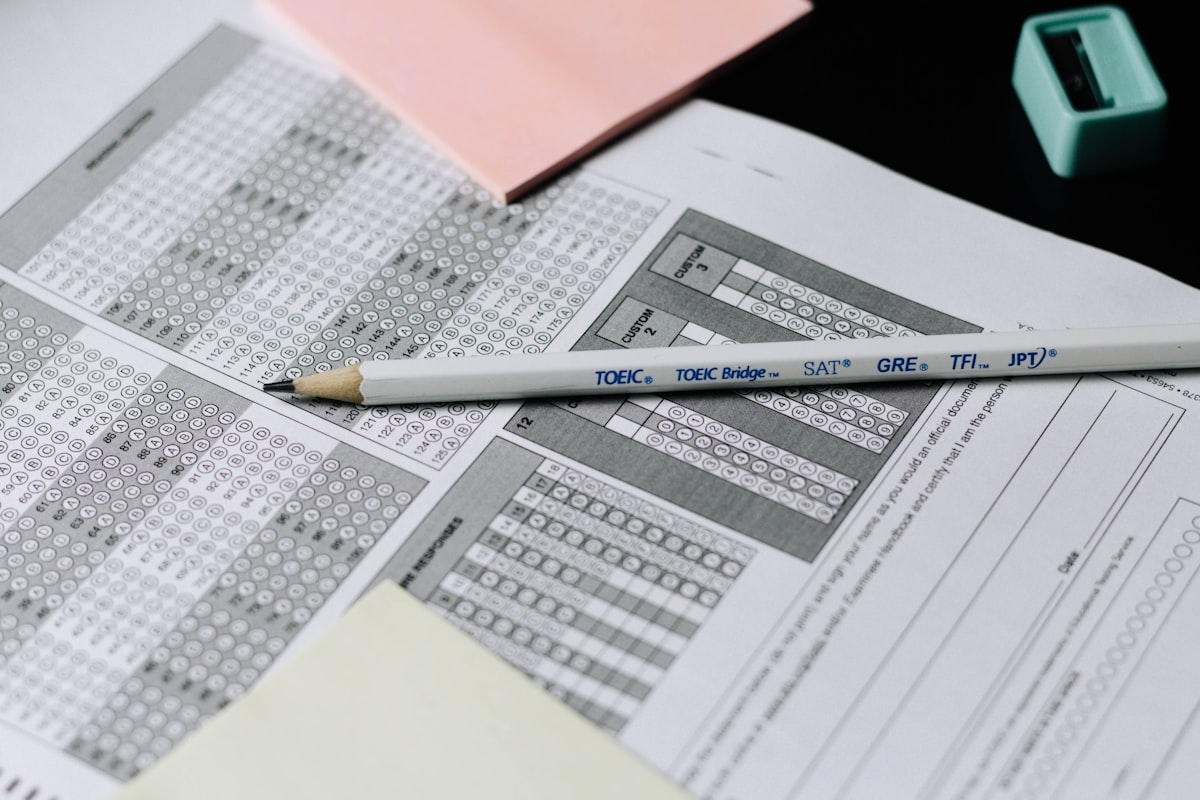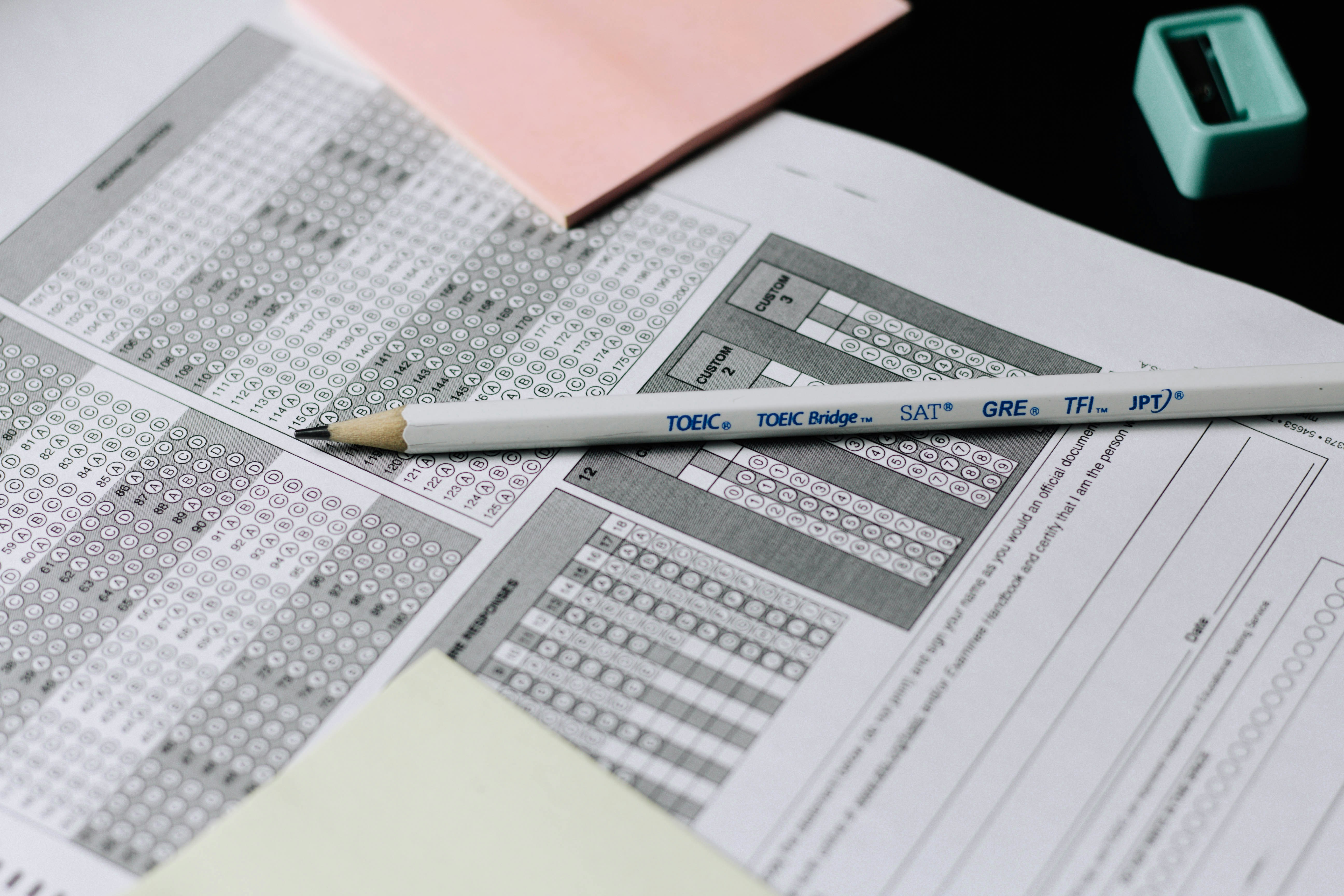
Best Practices for Assessment in Remote Learning Environments

Olivia Patel
March 28, 2025 • 7 min read
Remote and hybrid learning environments present unique challenges for assessment. Without the traditional classroom setting, educators must rethink how they measure student understanding and progress. This article explores best practices for creating effective, secure, and meaningful assessments in virtual learning contexts.
The Remote Assessment Challenge
When the COVID-19 pandemic forced a global shift to remote learning, educators faced an urgent need to adapt their assessment practices. Even as we've returned to more in-person instruction, many schools and institutions continue to incorporate remote and hybrid approaches, making effective virtual assessment an essential skill for modern educators.
Remote assessment presents several key challenges:
- •Academic integrity concerns in unsupervised environments
- •Technology access and equity issues
- •Difficulty monitoring student engagement and effort
- •Limited ability to provide immediate feedback and support
- •Creating authentic assessments that cannot be easily copied or cheated

Modern digital assessment systems can help overcome many remote learning challenges
1. Rethink Assessment Design for Remote Environments
Emphasize Authentic Performance Tasks
Traditional closed-book tests with factual recall questions are particularly problematic in remote settings due to the ease of looking up answers. Instead, consider:
- •Case studies and scenario-based assessments that require application of knowledge
- •Project-based assessments that demonstrate skills development over time
- •Performance tasks that require students to create original work
- •Portfolio assessments that showcase learning progression
These approaches shift the focus from "Do students know this fact?" to "Can students apply this knowledge in meaningful ways?"—a change that not only reduces cheating opportunities but also promotes deeper learning.
Design Open-Book/Open-Note Assessments
Rather than fighting against the realities of the remote environment, embrace them by designing assessments that allow for resource use but still require critical thinking:
- •Questions that require synthesis of multiple sources
- •Analysis tasks that cannot be directly looked up
- •Comparison and evaluation questions that require judgment
- •Application problems that use novel contexts
As one professor noted, "I've always told my students that in real life, they'll have access to resources. What matters is what they can do with that information."

AI-powered multiple choice questions can be randomized for each student

Short answer questions can assess deeper understanding in remote settings
2. Leverage Technology Effectively
Use Digital Assessment Tools Strategically
Modern learning management systems and assessment platforms offer features specifically designed for remote contexts:
- •Randomized question banks that give each student a unique set of questions
- •Time-limited assessments that reduce opportunity for unauthorized collaboration
- •Question formats that support mathematical, graphical, and multimedia responses
- •Automated feedback mechanisms for immediate student guidance
Learn with AI's platform includes features specifically designed for remote assessment, including question randomization, time limits, and proctoring options.
Consider Asynchronous Assessment Options
Not all students have equal access to technology or quiet study spaces at the same time. Asynchronous assessments can help address equity concerns:
- •Extended availability windows for completing assessments
- •Take-home exams with longer completion timeframes
- •Project-based assessments with flexible submission deadlines
These approaches recognize the varied circumstances of remote learners while still maintaining academic expectations.
3. Implement Academic Integrity Measures
Create a Culture of Integrity
Technology alone cannot solve academic integrity issues. Building a culture of integrity is essential:
- •Discuss the purpose of assessment as a learning tool, not just an evaluation
- •Implement honor codes or integrity pledges before assessments
- •Provide clear guidelines about acceptable collaboration and resource use
- •Focus on mastery goals rather than performance goals
Use Technical Solutions When Appropriate
For high-stakes assessments, consider additional integrity measures:
- •Browser lockdown tools that prevent access to unauthorized resources
- •Video proctoring for critical examinations
- •Plagiarism detection software for written assignments
- •Multi-factor authentication to verify student identity
However, be mindful of privacy concerns and the potential stress these measures can create for students. Reserve the most intensive monitoring for only the most critical assessments.
4. Provide Clear Communication and Support
Set Explicit Expectations
Remote learners benefit from extremely clear guidance:
- •Detailed rubrics that outline performance expectations
- •Sample responses or exemplars when appropriate
- •Clear instructions about time limits, resource use, and collaboration rules
- •Technical requirements and contingency plans for technology issues
Offer Practice Opportunities
Before high-stakes assessments, provide low-stakes practice with the assessment format:
- •Technology trial runs to identify and resolve technical issues
- •Practice quizzes using similar question formats
- •Formative assessments that mirror summative assessment approaches
Related Articles
 Assessment Tips
Assessment Tips7 Principles for Creating Effective and Fair Assessments
Learn the key principles that educators should follow to create assessments that accurately measure student knowledge while promoting learning.
 Assessment Tips
Assessment TipsThe Complete Guide to Different Question Types and When to Use Them
Master the art of assessment design by understanding the various question formats and knowing exactly when each type is most effective.
 Product Updates
Product UpdatesIntroducing Learn with AI: The Ultimate Exam Creation Tool
Get to know our powerful AI-driven platform that's helping educators create customized, high-quality assessments in minutes instead of hours.

Olivia Patel
Olivia Patel is an educational technology specialist with over 10 years of experience in designing remote learning programs. She has worked with K-12 schools and universities to develop effective virtual assessment strategies and currently consults with educational institutions on digital learning implementation.